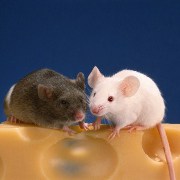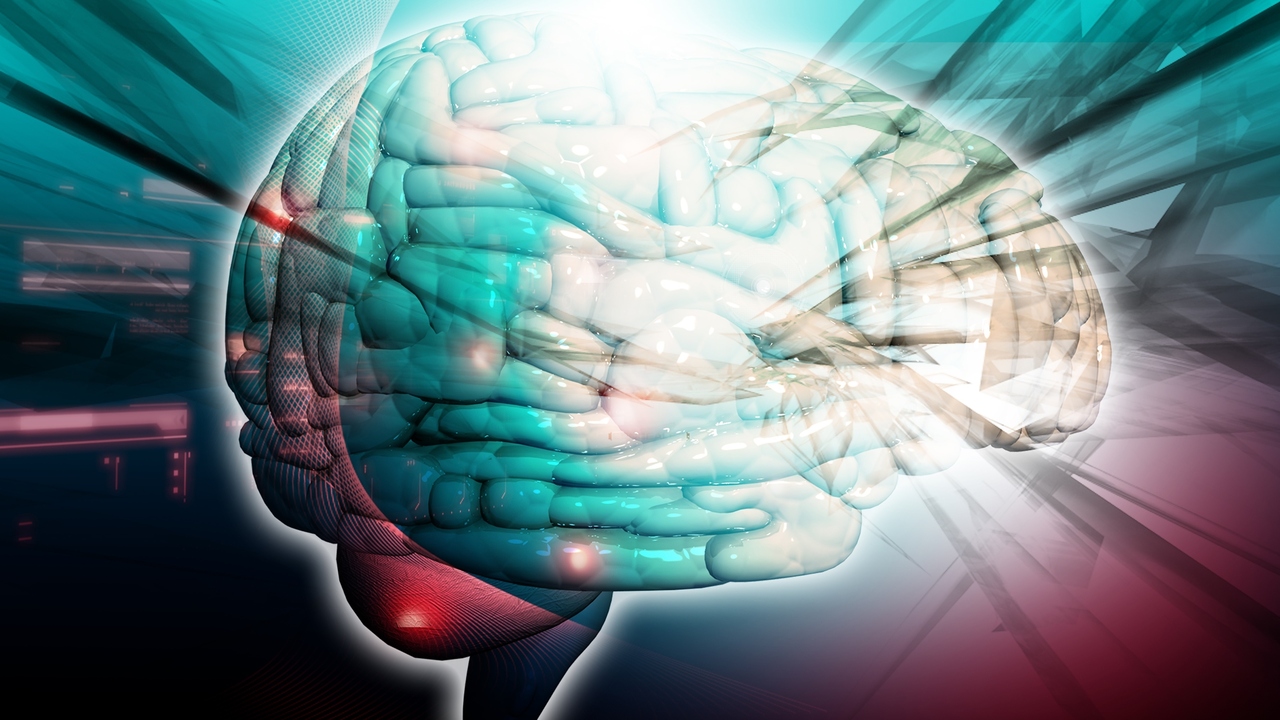 Photo: Getty Images
Photo: Getty Images
In the United States, someone has a stroke every 40 seconds and someone dies from a stroke every three to four minutes, according to the Centers for Disease Control and Prevention's Division for Heart Disease and Stroke Prevention. A stroke results when the brain's blood supply becomes disrupted. This can result from a blood clot blocking the blood flow (called an ischemic stroke) or from a burst blood vessel that results in bleeding in the brain (called an hemorrhagic stroke). Without the normal supply of blood, the brain cells do not get the oxygen and nutrients that they need to survive. As a result, brain cells die. The National Institute of Neurological Disorders and Stroke pointed out that when a person has a stroke, the brain cells can die immediately or be at risk for death. Patients who have had a stroke can lose certain functions and may have problems with cognition, speech, movement or their bowel and bladder.
In a study conducted at Johns Hopkins, it was found that a “survival protein” can help protect the brain from the effects of a stroke by interfering in a type of cell death. The “survival protein,” called Iduna, “works by interrupting a cascade of molecular events that result in a common and widespread type of brain cell death called parthanotos,” according to a press release from Johns Hopkins Medicine. Besides occurring in stroke, parthanotos can occur with a heart attack, Parkinson's disease and diabetes. Iduna prevents this type of cell death by binding with PAR polymer, which prevents cell-death-inducing factor, or AIF, from getting into the cell's nucleus.
The researchers looked that the effects of Iduna in interfering with parthanotos in rodent brain tissue. In some of the experiments with Iduna, the researchers looked at the effects in live mice whose brains were injected with a toxic chemical. One group of the mice were normal, while the other group was genetically engineered so that they produced three to four times more Iduna than the normal group. The press release reported that the experimental group had less stroke damage to the brain cells and more functional tissue than the control group; in addition, the experimental group had less mobility impairment.
While this study was done with rodents, the findings may lead to new treatments for humans, such as medications for patients who have suffered a stroke.
References
Division for Heart Disease and Stroke Prevention. Stroke Fact Sheet. Centers for Disease Control and Prevention, 2011. Web. 6 June 2011
http://www.cdc.gov/dhdsp/data_statistics/fact_sheets/fs_stroke.htm
A.D.A.M. Stroke. MedlinePlus, 2010. Web. 6 June 2011
http://www.nlm.nih.gov/medlineplus/ency/article/000726.htm
National Institute of Neurological Disorders and Stroke. Stroke: Hope Through Research. National Institutes of Health, 2011. Web. 6 June 2011
http://www.ninds.nih.gov/disorders/stroke/detail_stroke.htm
Johns Hopkins Medicine Press Release. What Doesn't Kill the Brain Makes It Stronger. 23 May 2011. Web. 6 June 2011
http://www.hopkinsmedicine.org/news/media/releases/what_doesnt_kill_the_brain_makes_it_stronger
Reviewed June 6, 2011
Edited by Alison Stanton






Add a CommentComments
There are no comments yet. Be the first one and get the conversation started!